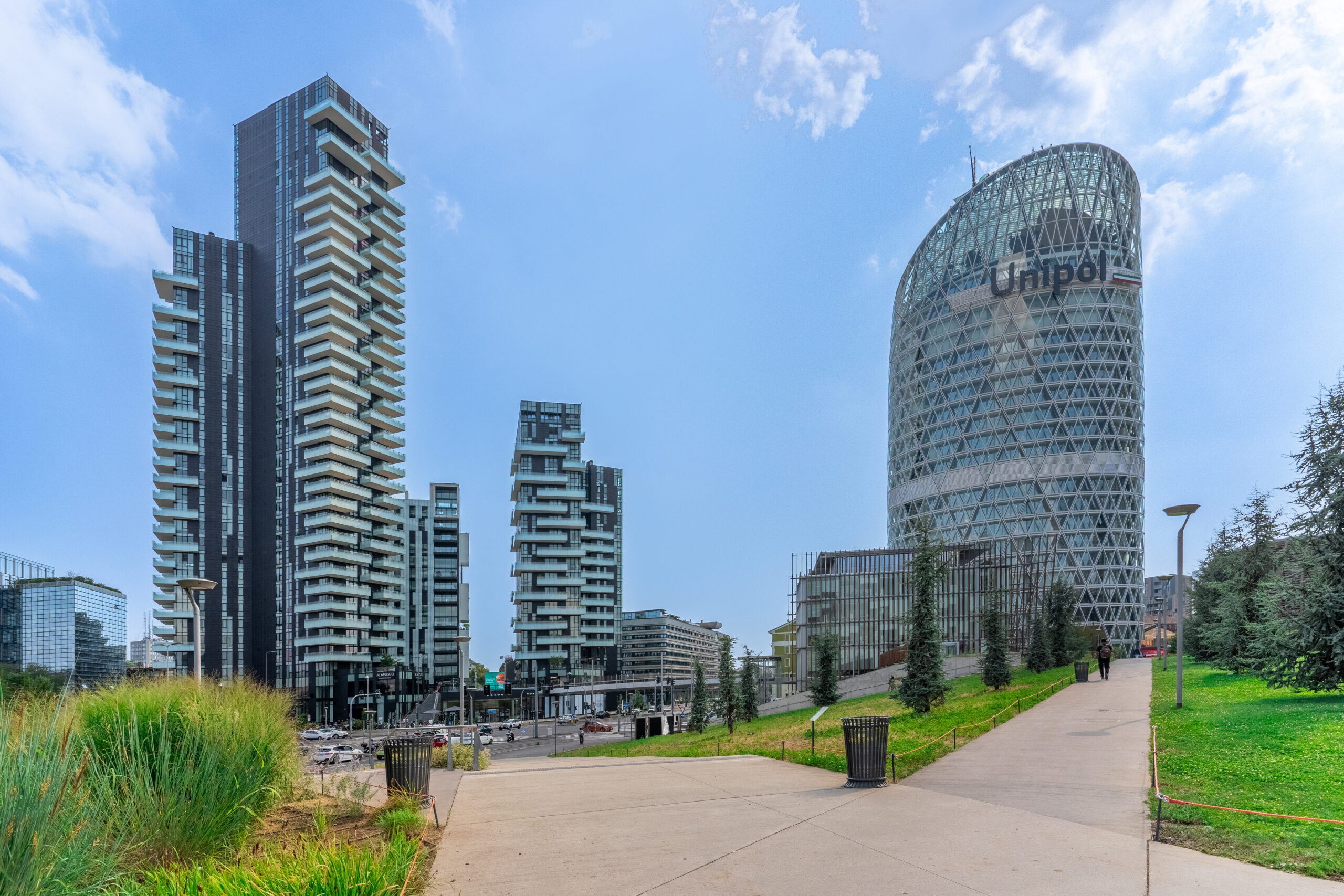
How real estate fuels urban regeneration
Real estate investments are increasingly centered on revitalizing struggling neighborhoods, with a strong emphasis on sustainability, innovation, and improving the well-being of local communities. This focus is creating exciting new opportunities for urban regeneration.
Urban regeneration is becoming an increasingly central topic in public discussions about territorial policy, with many ongoing projects focused on recovering and revitalizing entire neighborhoods. In support of this trend, the Second National Report on Urban Regeneration, published by Scenari Immobiliari and Urban Up, predicts that over the next 25 years, around 855 km² of urban land will undergo regeneration, highlighting the growing significance of urban regeneration in our country.
Revitalizing urban areas is far from a new concept, but the strategies driving these transformations have certainly evolved. In the past, demolition was often the go-to strategy to make way for something new and expand. Today, however, the focus is different: the goal is no longer to erase and start over, but to redevelop existing spaces, preserving their unique character and strengthening the communities that call them home. This shift prioritizes not just economic growth and the reuse of structures, but also social and environmental well-being. And real estate plays a key role in this transformation: by reimagining urban spaces through thoughtful investments, we can create new opportunities for development, and develop more sustainable and livable cities.
The origins of urban regeneration
The need to promote urban regeneration interventions stems from a combination of historical, social, and economic factors that have shaped the development of cities over time. Many urban areas, particularly those that saw rapid industrial growth and urbanization between the 19th and 20th centuries, are now dealing with the fallout of industries and services moving elsewhere. This has left behind abandoned spaces and aging infrastructure that are no longer fit for modern needs. Meanwhile, population growth has only intensified the issue, highlighting the shortcomings of existing structures and often affecting the quality of life for residents.
Amidst these challenges, urban regeneration becomes a crucial strategy to revive struggling neighborhoods, helping local communities reclaim their spaces and improve their quality of life. Take the transformation of the former Battersea Power Station in London, which is now a lively residential and commercial district. Or the Ellinikon project in Athens which is breathing new life into the site of the old airport. In Italy, one of the most striking examples of urban regeneration is CityLife in Milan, where the city's historic trade fair grounds have been transformed into a green, modern neighborhood—the first in the world to earn Platinum certification across three international sustainability standards.
How real estate fuel urban regeneration
While the need to regenerate urban areas is becoming more urgent, local governments often struggle to secure the funding required to get these projects off the ground. This is where private capital from real estate investors plays a crucial role. Beyond just providing financial backing, investors also bring valuable expertise and best practices that can make a real difference in how these projects are managed and executed.
For investors, urban regeneration is more than just a smart strategic move; it’s an opportunity to embrace ESG (Environmental, Social, and Governance) principles. These projects not only offer the potential for long-term asset value growth but also require a commitment that goes beyond financial gain. By getting involved, investors can help shape more efficient, inclusive, and modern neighborhoods, bringing real benefits to both residents and the broader real estate industry.
Key strategies for urban regeneration
For an urban regeneration project to succeed, it’s vital to plan interventions that benefit the area while adequately addressing the needs of the community.
A popular approach is the adaptive reuse of old buildings and structures, like former factories, warehouses, and railway yards. These spaces, often left abandoned, are given new life to serve modern urban needs. For example, old factories can be converted into apartments or homes, avoiding the consumption of new land while helping to preserve the architectural heritage of cities.
Another common strategy is turning existing buildings into low-emission green assets. This process, also known as "brown to green”, focuses on enhancing energy efficiency and reducing the environmental impact of buildings by incorporating renewable energy sources and advanced management systems.
Finally, the Smart City model aims to revitalize neighborhoods through a technological lens, making them smarter and more functional. By integrating the Internet of Things (IoT) and other cutting-edge digital solutions, it elevates efficiency across the board, from making buildings more sustainable and eco-friendly to improving public services, which become more effective and accessible.
Sustainability at the heart of urban regeneration
Urban regeneration isn't just about reviving abandoned spaces; it's a comprehensive transformation that integrates sustainability into every facet: social, environmental, economic, and governance. These projects are based on a thoughtful redevelopment of spaces and a strategic approach to managing buildings, with the goal of making them environmentally friendly, economically stimulating, and beneficial to the well-being of the entire community.
This is a key step to address the pressing challenges cities face today. For investors, understanding and backing urban regeneration efforts means driving positive change, but also seizing new growth opportunities in a market that's increasingly prioritizing green solutions and technological innovation.


 Back to News & Insights
Back to News & Insights 

